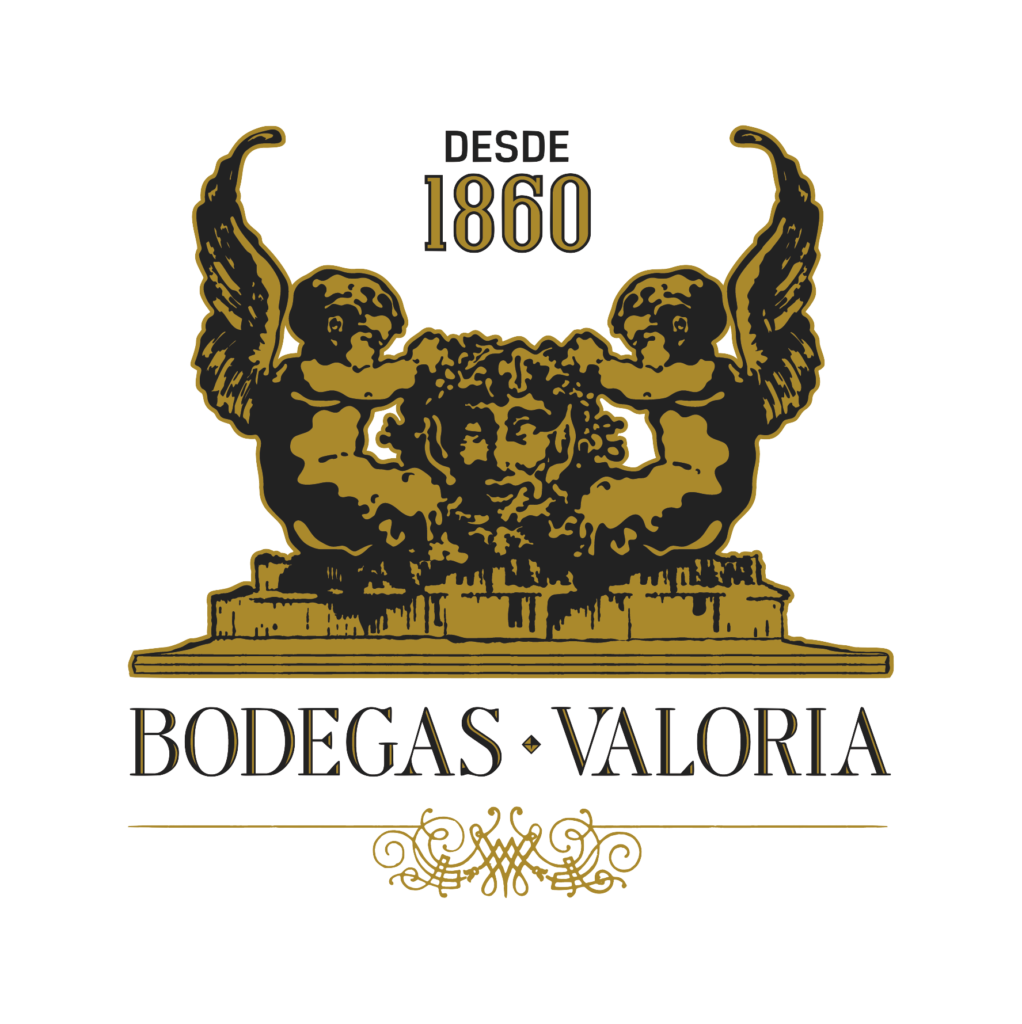A Beginner's Guide to Spanish Wine
The origin of winemaking in Spain dates back to the second millennium BC, and it is presumed that the first grape plants, or Vitis Vinifera, come from the Spanish region Empordá-Costa Brava. In the Rioja region, winemaking can be traced back to the 11th century B.C with the arrival of the Phoenicians. Since then, local populations have made wine in the region almost continuously. Viña Valoria was established in 1860 and is now one of the oldest wineries with the Rioja Certification of Origin as well as one of few companies that can market “old vintages”.
Now, when we talk about “Spanish wine” there are many different factors that can be used to classify the many different varieties within this category. The types of wine can be classified according to different characteristics which are not always mutually exclusive. Here we’ll take a closer look at six of the different characteristics that are used to classify Spanish wine, including the condition, color, the aging process, quality, sugar content, and other special factors.
First, we can classify wine according to its condition. This first classification is established with two main groups: still wines and sparkling wines. With still wines, there is no presence of carbon dioxide to alter their appearance. On the contrary, sparkling wines include all those champagnes, cavas, and other sparkling wines, whose composition includes carbon dioxide perceptible both visually and in taste.
Next, we can identify the color of the wine, there are three clear groups: white wines, made from white grapes; rosé and claret wines, produced from red varieties or from red and white grapes together; and red wines, made from red grapes.
Aging is an important factor when it comes to wine. There are four main groups: young wine, Crianza, Reserva, and Gran Reserva; this is determined by the aging process.
Firstly, the young wine is the one that is released to the market the year after its harvest, without any evolutionary passage through wood barrels. On the other hand, Crianza wines have been aged for a minimum of 2 years, both in oak barrels and in the bottle, of which at least six months must have been spent in wooden barrels.
The Reserva wines must be aged for a minimum of 3 years, of which at least 1 year must be in oak barrels. Finally, Gran Reserva wines are aged for at least 5 years, of which at least 1 year must be spent in barrels.
This classification according to aging time may vary significantly from one regulatory board to another and also according to the color of the wine.
Learn more about the aging requirements here: Spanish Wine Aging Requirements & Current Trends.
When looking at the quality of each wine, they can be classified into table wines, local wines, wines with a geographical indication, wines with a Certificate of Origin (Denominación de Origen), and wines with a Qualified Certificate of Origin (Denominación de Origen Calificada).
Table wines are suitable for consumption, although there are no remarkable details in them, allowing the use of grapes from different locations, so no important geographical distinction will appear on the bottle.
Local wines are wines with precise characteristics that include an appropriate geographical indication and specific and identifiable organoleptic qualities, although they are veiled by much more relaxed legal regulations than the rest of the higher wine registers.
Wines with a geographical indication are the result of the winemaking process in a specific area, such as the Rioja. These wines endorse a product with specific characteristics and are usually a preliminary step to the formation of a regulatory council.
Certificate of Origin wines are those from a specific and delimited geographical area, produced according to precise parameters regulated by a regulatory council which ensures compliance with set standards.
Qualified Certificate of Origin wines are those that, because of their seal, go one step further in wine legislation. These wines must follow stricter and more restrictive standards. There are currently two DOC wine regions in Spain: Rioja, and Priorat.
Continue reading about Rioja wine here: Learn About Rioja Wine: Grapes, Characteristics, and Styles
Next, we can classify wines according to their sugar content. Wines are classified as either dry, semi-dry, semi-sweet, or sweet. Not all the sugar present in the wine is of a residual nature, but sometimes, using the winemaking process, the presence of a certain amount of sugar in the wine is ensured.
Due to the special nature of some types of winemaking, a special classification is also established. There are fortified wines, liqueurs, and aromatized wines. Fortified wines are those whose alcoholic content is increased with the intention of achieving a more stable product with different qualities. Sherry and port wines are two of the most common types of fortified wines.
Liqueur wines are generally sweet and have a higher alcoholic content with or without adding any additional alcohol. Aromatized wines are wines with different substances, like leaves, fruits, roots, or bark, that give them a special aroma. One of the most common aromatized wines is Vermouth.
The classification of wine varies around the world, due to its different appellations of origin, but Spanish red wine is highlighted for its extensive quality and tradition. Viña Valoria follows a classic style of winemaking, upholding the tradition of wine in the Rioja region. It produces wine that’s easy to enjoy with family or friends on any occasion.
Viña Valoria crafts quality wine under the Rioja Certificate of Origin label and is one of the best-known wineries in the Rioja wine region. With over 150 years of experience, this winery upholds the traditional style of winemaking from the region to offer a variety of delicious Rioja red wines. If you are looking for a spanish wine Rioja, choose between their Crianza, Reserva, Gran Reserva, or even an old vintage, known as a Cosecha Vieja. However, if you prefer to have something different, Viña Valoria’s whites and roseés are perfect for you. No matter the style of wine you prefer, whether it’s sweet, dry or something in between, Viña Valoria has the best spanish wine for you!



